Camille Bombois (1883-1970)
Get a Camille Bombois (1883-1970) Certificate of Authenticity for your painting (COA) for your Camille Bombois (1883-1970) drawing.
For all your Camille Bombois (1883-1970) artworks you need a Certificate of Authenticity (COA) in order to sell, to insure or to donate for a tax deduction.
Getting a Camille Bombois (1883-1970) Certificate of Authenticity (COA) is easy. Just send us photos and dimensions and tell us what you know about the origin or history of your Camille Bombois (1883-1970) painting or drawing.
If you want to sell your Camille Bombois (1883-1970) painting or drawing use our selling services. We offer Camille Bombois (1883-1970) selling help, selling advice, private treaty sales and full brokerage.
We have been authenticating Camille Bombois (1883-1970) and issuing certificates of authenticity since 2002. We are recognized Camille Bombois (1883-1970) experts and Camille Bombois (1883-1970) certified appraisers. We issue COAs and appraisals for all Camille Bombois (1883-1970) artworks.
Our Camille Bombois (1883-1970) paintings and drawings authentications are accepted and respected worldwide.
Each COA is backed by in-depth research and analysis authentication reports.
The Camille Bombois (1883-1970) certificates of authenticity we issue are based on solid, reliable and fully referenced art investigations, authentication research, analytical work and forensic studies.
We are available to examine your Camille Bombois (1883-1970) painting or drawing anywhere in the world.
You will generally receive your certificates of authenticity and authentication report within two weeks. Some complicated cases with difficult to research Camille Bombois (1883-1970) paintings or drawings take longer.
Our clients include Camille Bombois (1883-1970) collectors, investors, tax authorities, insurance adjusters, appraisers, valuers, auctioneers, Federal agencies and many law firms.
We perform Camille Bombois art authentication, appraisal, certificates of authenticity (COA), analysis, research, scientific tests, full art authentications. We will help you sell your Camille Bombois or we will sell it for you.
Camille Bombois was not a part of the bohemian Paris café culture, but lived a bohemian lifestyle, nonetheless. Growing up most of his life on a barge, the Bombois family was poor, working day labor jobs at farms to get by.
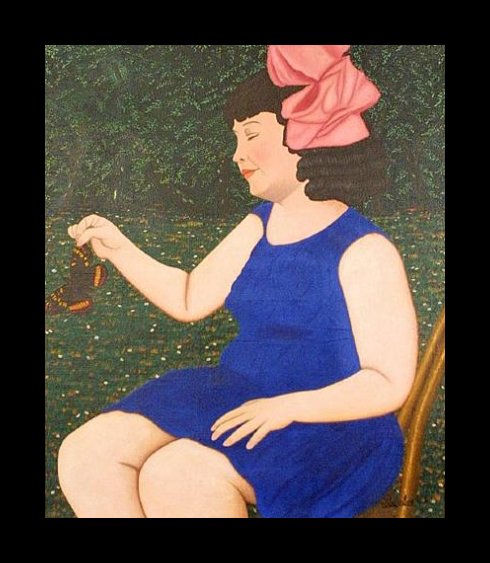
Growing up, Bombois longed to live in Paris. He finally moved there and supported himself as a wrestler at fairgrounds to get by. This time working in the circus would stay with Bombois throughout his career and be a constant theme.
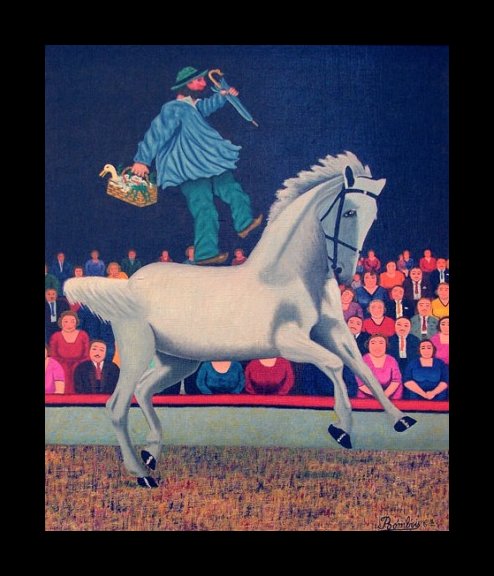
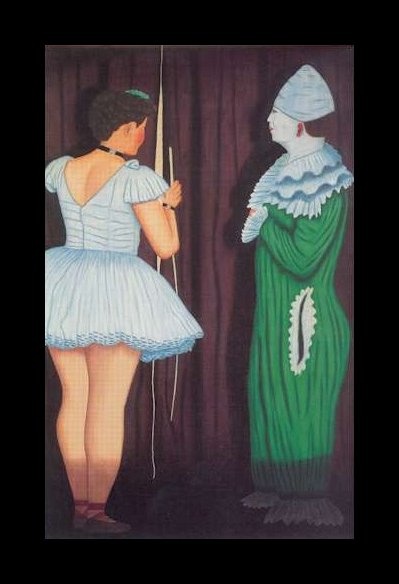
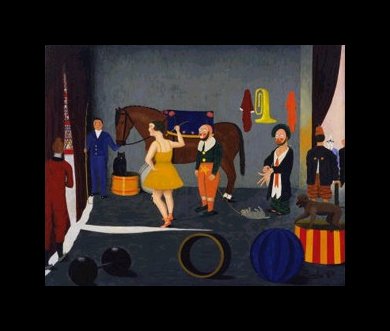
Bombois eventually found a job working nights as a typographer, which allowed him to paint in the daytime. As he was a poor man, Bombois never received any academic training and is considered a naïve, or self-taught artist. He would visit the Louvre from 1907 on to study the work of the old masters in an attempt to teach himself. Bombois was called to serve in World War I, and upon returning, found that his wife had successfully sold each and every one of his canvases.
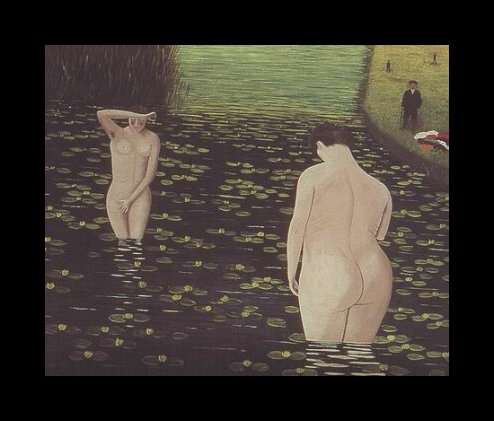
Bombois didn’t begin exhibiting his work until 1922, at an open-air market in Montmarte. It wasn’t until 1924 that he began to receive serious acclaim in the art world. Wilhelm Uhde initially noticed Bombois’ talent and immediately bought his whole remaining collection. Uhde would later exhibit this work at Les Maîtres populaires de la réalité in 1937, but Bombois would not have his first one-man show until 1944 at the Galerie Petrides.



Despite the fact that he was a naïve artist, Bombois gained much acclaim in his lifetime and his work is still highly collectible today. Bombois sold most of his work during his lifetime, and it is more likely that the majority of his oeuvre is held in private collections as opposed to being housed in museums and galleries. Similarly, many authenticators may have unwittingly mistaken a Bombois for another artist, or disregarded it completely because it was a “naïve” piece of art.
One thing about Bombois is that he almost always signed his work in a beautifully scripted “Bombois, C” on the bottom left hand of his compositions. It is bold and unmistakable, but probably easy to copy—only an authenticator could tell for sure.
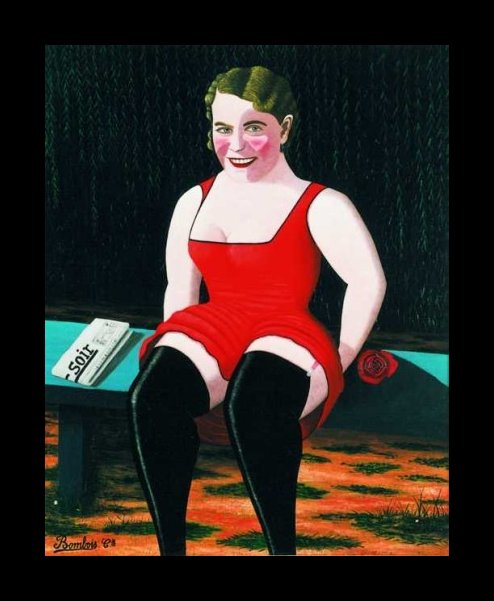
Reviews
1,217 global ratings
5 Star
4 Star
3 Star
2 Star
1 Star
Your evaluation is very important to us. Thank you.
